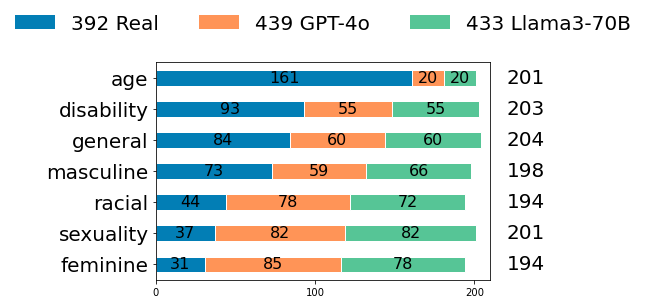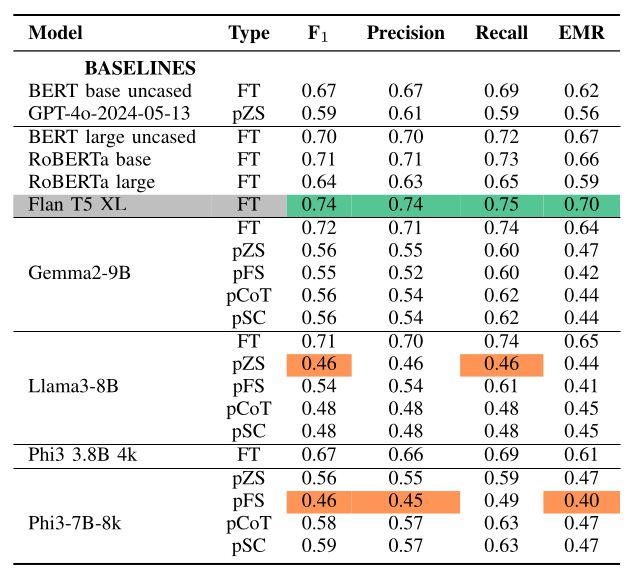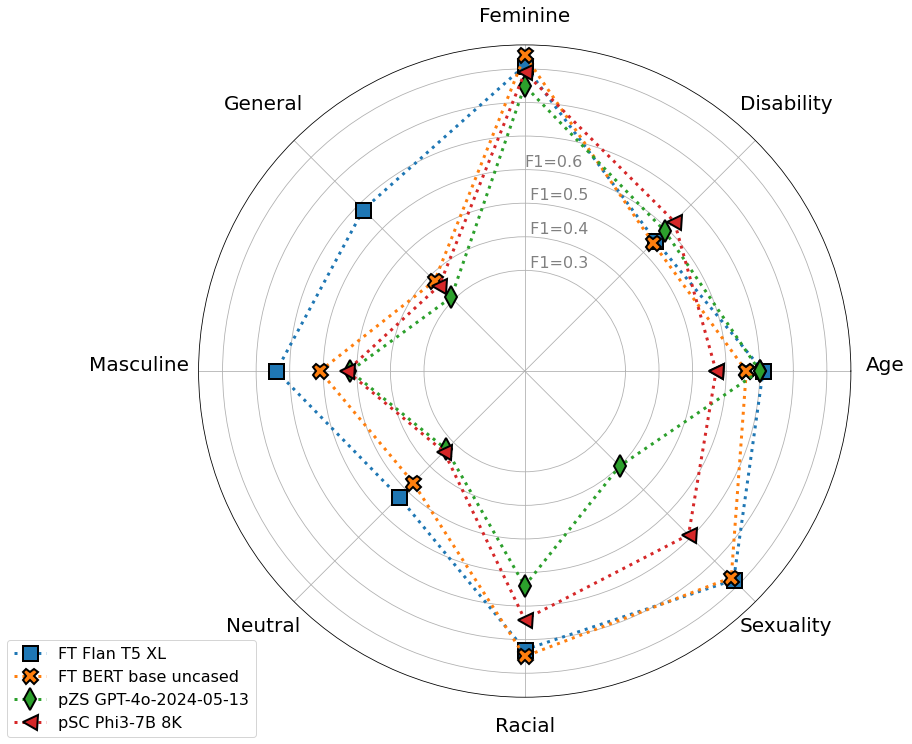Spaces:
Running
Running
File size: 8,687 Bytes
7944ac7 41b8f34 85f5d47 41b8f34 7944ac7 41b8f34 85f5d47 7944ac7 a40806c 0350cbd a40806c 49b4bc8 6086f77 a40806c 24e1017 85f5d47 ddee3f8 85f5d47 d45914b 85f5d47 19906f3 85f5d47 ddee3f8 85f5d47 ddee3f8 85f5d47 46964a4 a40806c 19906f3 a40806c 19906f3 a40806c 19906f3 a40806c 19906f3 a40806c 19906f3 46964a4 a40806c ddee3f8 a40806c ddee3f8 a40806c ddee3f8 a40806c ddee3f8 a40806c ddee3f8 a40806c ddee3f8 a40806c ddee3f8 a40806c ddee3f8 a40806c ddee3f8 a40806c ddee3f8 46964a4 a40806c ddee3f8 f0fced6 46964a4 |
1 2 3 4 5 6 7 8 9 10 11 12 13 14 15 16 17 18 19 20 21 22 23 24 25 26 27 28 29 30 31 32 33 34 35 36 37 38 39 40 41 42 43 44 45 46 47 48 49 50 51 52 53 54 55 56 57 58 59 60 61 62 63 64 65 66 67 68 69 70 71 72 73 74 75 76 77 78 79 80 81 82 83 84 85 86 87 88 89 90 91 92 93 94 95 96 97 98 99 100 101 102 103 104 105 106 107 108 109 110 111 112 113 114 115 116 117 118 119 120 121 122 123 124 125 126 127 128 129 130 131 132 133 134 135 136 137 138 139 140 141 142 143 144 145 146 147 148 149 150 151 152 153 154 155 156 157 158 159 160 161 162 163 164 165 166 167 168 169 170 171 172 173 |
---
title: >-
Large Language Models for Detecting Bias in Job Descriptions.
emoji: 🌍
colorFrom: gray
colorTo: pink
sdk: static
pinned: false
license: apache-2.0
short_description: LLms for Detecting Bias in Job Descriptions.
---
# Paper's Additional Material Section
- [**Appendices and Test Results**](https://github.com/2024-mcm-everitt-ryan/appendices/blob/main/appendices.pdf)
- [Hugging Face Project](https://huggingface.co/2024-mcm-everitt-ryan)
- [Datasets](https://huggingface.co/?activityType=update-dataset&feedType=org&entity=2024-mcm-everitt-ryan)
- [Fine-Tuned Models](https://huggingface.co/?activityType=update-model&feedType=org&entity=2024-mcm-everitt-ryan)
- [Notebooks](https://github.com/2024-mcm-everitt-ryan/notebooks)
- [Apache HOP Workflow/Pipeline](https://github.com/2024-mcm-everitt-ryan/hop-pipeline)
- [Apache HOP Plugins Developed for the Study](https://github.com/2024-mcm-everitt-ryan/hop-plugins/tree/main/plugin-code)
# Project's Summary
**Abstract**—This study explores the application of large language (LLM) models for detecting implicit bias in job descriptions, an important concern in human resources that shapes applicant pools and influences employer perception.
We compare different LLM architectures—encoder, encoder-decoder, and decoder models—focusing on seven specific bias types.
The research questions address the capability of foundation LLMs to detect implicit bias and the effectiveness of domain adaptation via fine-tuning versus prompt-tuning.
Results indicate that fine-tuned models are more effective in detecting biases, with Flan-T5-XL emerging as the top performer, surpassing the zero-shot prompting of GPT-4o model.
A labelled dataset consisting of verified gold-standard, silver-standard, and unverified bronze-standard data was created for this purpose and [open-sourced](https://huggingface.co/datasets/2024-mcm-everitt-ryan/benchmark) to advance the field and serve as a valuable resource for future research.
## Short Introduction
In human resources, bias affects both employers and employees in explicit and implicit forms. Explicit bias is
conscious and controllable, but can be illegal in employment
contexts. Implicit bias is subtle, unconscious, and harder to
address. Implicit bias in job descriptions is a major
concern as it shapes the applicant pool and influences applicants’ decisions. Bias in the language of job descriptions can
affect how attractive a role appears to different individuals and
can impact employer perception. The challenge is to efficiently
identify and mitigate these biases.
The application of large language models (LLMs) for detecting bias in job descriptions is promising but underexplored.
This study examines the effectiveness of various LLM architectures (encoder, encoder-decoder, decoder) less than 10 billion parameters in detecting implicit
bias.
We conceptualise the task of identifying implicit bias in
job descriptions as a multi-label classification problem, where
each job description is assigned a subset of labels from a
set of eight categories—age, disability, feminine, masculine,
general exclusionary, racial, sexuality, and neutral. This study
investigates two primary research questions:
1) Can foundation LLMs accurately detect implicit bias in
job descriptions without specific task training? We evaluate the performance of three topical decoder-only models
under four distinct prompt settings, assessing their ability
to extract relevant information from job descriptions and
identify implicit bias.
2) Does domain adaptation via fine-tuning foundational
LLMs outperform prompt tuning for detecting implicit
bias in job descriptions? We fine-tune models with varying architectures as text-classifiers on task-specific data
and compare their performance to that of prompt-tuned
models.
## Model Architecture Overview
The [models selected](https://huggingface.co/2024-mcm-everitt-ryan) for our study are given.
- Encoder Architecture:
- [BERT](https://huggingface.co/collections/google/bert-release-64ff5e7a4be99045d1896dbc) (Bidirectional Encoder Representations from
Transformers): Developed by Google, BERT is designed
to capture the context of words in search queries. Its
architecture enables the model to learn contextualised
representations of words by jointly conditioning on both
left and right context.
- [RoBERTa](https://huggingface.co/docs/transformers/en/model_doc/roberta) (A Robustly Optimised BERT Approach):
Built on top of BERT’s architecture, RoBERTa is a
variant developed by Facebook AI. RoBERTa introduces
several key modifications, including longer training with
larger batches, more data, and dynamic masking, which
improves its performance and generalisation capabilities.
- Encoder-Decoder Architecture: We selected one prominent encoder-decoder model, [Flan-T5](https://huggingface.co/collections/google/flan-t5-release-65005c39e3201fff885e22fb). Developed by Google,
Flan-T5 combines the strengths of an encoder to understand
input data and a decoder to generate relevant outputs. Additionally, Flan-T5 incorporates instruction fine-tuning, which
enables the model to improve its performance and generalisation to unseen tasks.
- Decoder Architecture: We selected three prominent
decoder-based models, all of which are autoregressive models
that generate text by predicting the next word in a sequence.
- [Phi-3](https://huggingface.co/collections/microsoft/phi-3-6626e15e9585a200d2d761e3): Developed by Microsoft.
- [LLama 3](https://huggingface.co/collections/meta-llama/meta-llama-3-66214712577ca38149ebb2b6): Developed by Meta.
- [Gemma 2](https://huggingface.co/collections/google/gemma-2-release-667d6600fd5220e7b967f315): Developed by Google.
Additionally, OpenAI’s GPT-4 autoregressive model was
used for several purposes in this study: data preprocessing,
data augmentation, and as a prompting baseline
## Baselines
- [bert-base-uncased](https://huggingface.co/google-bert/bert-base-uncased)
- [gpt-4o zero-shot](https://platform.openai.com/docs/models/gpt-4o)
## Prompting Overview
We evaluated the instruction-tuned decoder
models using four prompting approaches:
- Zero-Shot (pZS): Models were prompted without providing examples and without task-specific training.
- Few-Shot (pFS): Models were provided with a small
number of example inputs and corresponding outputs,
with the expectation that the model could generalise from
these examples when given unseen inputs.
- Chain-of-Thought (pCoT): Models were guided through
a series of reasoning steps, with the expectation that
breaking a complex problem into logical steps would
enhance the reasoning performance. We utilised the
Zero-Shot CoT method.
- Self-Consistency (pSC): Multiple diverse outputs were
generated for the same prompt, and the final answer
was determined by selecting the most consistent response
among these outputs. We applied three iterations of
chain-of-thought reasoning with a majority vote for each
label.
## Evaluation
- F1
- Precision
- Recall
- Exact Match Ratio (EMR)
## Dataset: Potential Job Description Bias Dataset
||
|:--:|
|Potential Bias Terms found in Real Job Description Dataset (in Millions)|
## Dataset: Gold and Silver Samples
||
|:--:|
|Annotated Samples: Bias vs Neutral|
||
|:--:|
|Annotated Samples by Bias Category|
## Results: Overall
||
|:--:|
|Fine-Tuning vs Prompting Performance|
||
|:--:|
|Model Performance: Precision vs Recall|
## Results: By Bias Category
||
|:--:|
|Top Performers’ Comparison Against Baseline Models|
||
|:--:|
|F1 Scores Across Various Categories and Experiments; Fine-Tuning (FT) and Prompting (PT)|
|